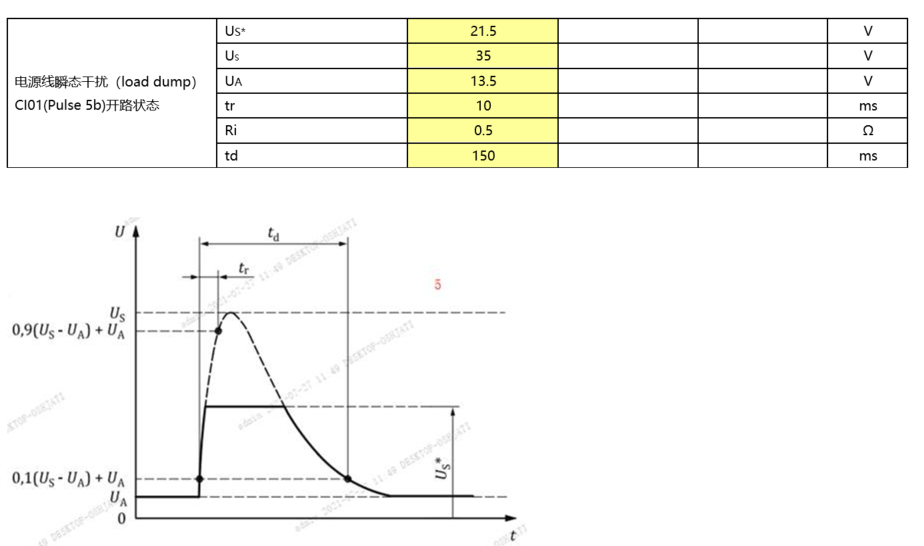Other Parts Discussed in Thread: TPS7B63-Q1
Dear team,
When doing the load dump test, the input voltage will up to 35V for a short time. My customer wants to evaluate the thermal performance of TPS7B63-Q1. If we use RθJA to compute the temp rise, the junction temp will up to 187°C(ambient temp=23°C, Iout=138mA) when VIN=35V. I think this method is wrong. Do we have any special method to evaluate the thermal performance?

Thanks & Best Regards,
Sherry

